Setting up a coworking space is not just about renting a location; it’s about designing a workspace that cultivates creativity and productivity. At the heart of this design process is the choice of furniture. Whether you’re a design aficionado or someone who’s overwhelmed by the plethora of options, this guide will assist you in making the right choices.
Understanding Coworking Furniture
Coworking furniture transcends the traditional boundaries of office design, offering a blend of functionality, flexibility, and community-focused. In contrast to conventional office setups, coworking spaces are a diverse mix of professionals, freelancers, and entrepreneurs seeking not just a workspace but a collaborative and inspiring community.
The selection of coworking furniture is thus critical, aimed at supporting a variety of work styles and activities. From workstations that adapt to changing needs, chairs for prolonged comfort, communal tables for teamwork, lounge areas for relaxation and casual meetings, each piece is chosen to facilitate a unique coworking environment.
Furthermore, the design and arrangement of coworking furniture reflect the shared values and preferences of the community. Incorporating sustainable materials, innovative designs, and vibrant colors. The goal is to create an inviting and stimulating atmosphere where members feel supported in both their professional and personal growth. Through thoughtful curation of coworking furniture, these spaces become more than just places to work. With this blog we will explore those aspects that you need to take into consideration.
Exploring the Essentials for a Coworking Furniture
The selection of coworking furniture is tailored to the needs of its varied clientele, yet there’s a core set of furniture essentials that remain consistent across most spaces. These are designed to meet the fundamental requirements of a coworking environment:
- Dedicated Desks and Chairs: Providing a comfortable, personal workspace for each member is fundamental.
- Amenities for Convenience: Including kitchen facilities and outdoor seating areas.
- Conference Room Furnishings: Equipped to accommodate groups of various sizes.
- Meeting Zones: Designed for discussions or quick catch-ups.
- Reception Area: The welcoming point of any coworking space, the reception area sets the tone with its design and furniture, balancing formality and warmth.
- Privacy Zones: Acoustic phone booths and meeting pods
- Connectivity and Shared Resources: High-speed internet access and shared facilities like printers, scanners, and copiers.
An Example of Setting Up "CityHub Cowork Spaces" in Austin, Texas
Background:
Drawing on insights from industry reports such as the Global Coworking Growth Study 2020 and commercial real estate data from platforms like LoopNet, let’s conceptualize the establishment of “CityHub Cowork Spaces,” a mid-sized coworking space in Austin, Texas, a city known for its startup and growing demand for flexible workspaces.
Lease Costs:
- Space Rental: Austin’s commercial real estate market varies, but for our example, a 2,000 sq. ft. space in a desirable location costs approximately $4,000 monthly, a competitive rate given the city’s booming market.
Furnishing Costs:
- Workstations: For 30 workstations, including ergonomic chairs ($200 each) and desks ($100 each), the cost is roughly $9,000.
- Common Areas: Creating a lounge and kitchen, complete with appliances and comfortable seating, adds another $5,000 to the setup.
Technology and Infrastructure:
- Connectivity: High-speed internet, essential for any coworking space, averages around $150/month in Austin.
- Office Equipment: An investment of $2,000 covers printers, scanners, and other tech needs, with ongoing expenses for supplies and maintenance.
Design:
- Interior Design:$3,000 for decor, including lighting, art, and plants, ensures a welcoming and productive environment.
- Operational Expenses: Monthly utilities, cleaning, and maintenance are estimated at $2,000 for a space of this size.
Total Initial Investment: The initial setup cost for “CityHub Cowork Spaces” is approximately $23,150, with recurring operational costs of around $6,150/month.
The example of “CityHub Cowork Spaces” illustrates the financial considerations involved in launching a coworking space. While specific figures such as lease rates and furnishing costs can fluctuate based on market conditions and vendor selections, this scenario underscores the importance of thorough planning and market research.
Successful coworking spaces balance initial investments with strategic pricing and value-added services, ensuring sustainability and growth in the competitive coworking industry.
1. Reflect Your Brand Through Furniture
Every selection, from desks to lounge chairs, needs to communicate your brand’s ethos, and values, while also serving the practical needs of your members.
- Brand Identity in Design Choices: Start with identifying the core values and personality of your brand. Select furniture that embodies these traits. For instance, a brand focusing on sustainability might choose furniture made from recycled materials or sourced from environmentally responsible manufacturers.
- Consistency: Choose a color scheme and design style that aligns with your brand’s visual identity.
- Functionality Meets Style:. Opt for ergonomic designs that support the well-being and productivity of your members.
- Creating Experiences with Furniture: Beyond utility, think of furniture as a tool to craft unique experiences within your space.
- Investment in Quality: Investing in high-quality furniture is also an investment in your brand’s image and the satisfaction of your members.
- Sustainability and Social Responsibility: Reflecting your brand through furniture also means considering the environmental and social impact of your purchases.
Furniture in a coworking space is a critical element that bridges brand identity and member experience. It’s about making informed choices that reflect your brand’s personality, meet functional needs, and create an engaging, productive environment. By thoughtfully selecting furniture that aligns with these goals, you can elevate your coworking space into a vibrant community hub that members are proud to be part of.
2. Essential Coworking Furniture Checklist
Before diving into intricate designs and themes, let’s understand the basics.
Here’s a checklist of essential furniture for any coworking space:
- Chairs: Office chairs, kitchen chairs, accent chairs
- Tables: Desks, kitchen/communal tables, meeting room tables, accent/side tables
- Lighting: Standing lamps, desk lamps, overhead lighting
- Sofas: Regular sofas, armchairs, communal sofas
- Accessories & Accents: Plants, posters, wall art
- Storage: Lockers, cubbies, cabinets, shelves, hooks, racks
Furniture is a significant investment. However, the right choices can serve you for years, offering a great return on investment.

3. Crafting a Comfortable Workspace
Creating an inviting coworking space goes beyond basic furnishings; it requires a thoughtful approach to design that prioritizes the comfort, style, and practical needs of its members. Striking the right balance between these elements can transform a mere workspace into a productivity haven. While minimalist designs with white-dominated spaces have their appeal, integrating diverse textures and a palette of colors can significantly boost the workspace’s energy and warmth. Consider soft, ergonomic seating, adjustable lighting, and natural elements like wood and stone to add depth and character.
Incorporating biophilic design principles, such as indoor plants and natural light, can further enhance the sense of comfort and well-being, making your coworking space not just a place to work, but a place where creativity and collaboration flourish.
4. Privacy and Security in Design
A well-designed space easily incorporates areas for collaboration and social interaction alongside zones that offer solitude and confidentiality. Innovative solutions such as soundproof phone booths and private meeting pods allow for undisturbed conversations, while communal areas and open desks encourage networking and community building. Security is equally critical; integrating lockable storage, personal lockers, and secure access control systems ensures members feel their belongings and data are safe. By thoughtfully designing your coworking space to include a variety of work settings and prioritizing security measures, you create an environment that supports diverse work styles and projects a strong sense of trust and professionalism.
Maximizing Style with Smart Decorating Choices
Creating a visually appealing coworking space doesn’t require a limited budget. With a strategic approach to decorating, you can craft an environment that’s both stylish and inviting, even on limited financial resources. Start by selecting distinctive accents that reflect the creative and dynamic spirit of a coworking community. These can include eclectic art pieces from local artists, vintage finds that add character, or handmade decor that brings a personal touch to the space.
Remember, decorating a coworking space on a budget is an opportunity to be inventive and resourceful. By focusing on elements that add warmth, character, and inspiration, you can design a space that resonates with your members and encourages productivity.
Budget-Friendly Decorating Ideas for Coworking Spaces
- Select Distinctive Accents
- Incorporate Indoor Greenery
- Opt for Meaningful Wall Decor
- Reimagine Furniture and Layout
- DIY Projects and Collaborations
You can design a coworking space that stands out for its creativity, comfort, and community vibe, all while adhering to a budget-conscious approach.
6. Coworking Furniture Retailers to Explore
Selecting the perfect furniture is crucial in creating a coworking space that is not just functional but also visually appealing and inviting. To assist you in this, here are some renowned coworking furniture retailers known for their quality, variety, and innovative designs:
- IKEA: Renowned for its affordable and stylish furniture that offers both functionality and modern design.
- McGowan Office Interiors: Specializes in contemporary office furniture that combines aesthetics with ergonomics.
- Knoll: Offers high-end, designer furniture that can bring a touch of sophistication to any space.
- National Office Furniture: Provides a wide range of office furniture with a focus on craftsmanship and durability.
- Wayfair: Known for its extensive collection of furniture and decor, offering options for every aesthetic.
- Groupe Lacasse: A leader in office furniture solutions, offering stylish and highly functional pieces.
- Industry West: A go-to for unique, industrial-style furniture that can add character to your coworking space.
- Bestar: Specializes in modular and space-saving furniture solutions that are ideal for coworking environments.
- Flexsteel: Offers a range of high-quality furniture that combines comfort with durability, suitable for high-traffic coworking spaces.
Conclusion
Selecting the right coworking furniture goes beyond. It’s about creating an ecosystem where creativity thrives, collaborations blossom, and every member finds their comfort zone. Dive into the world of coworking space furniture ideas and craft spaces that resonate with your vision and member needs.
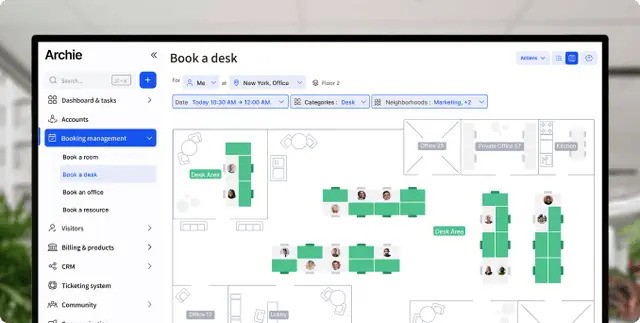
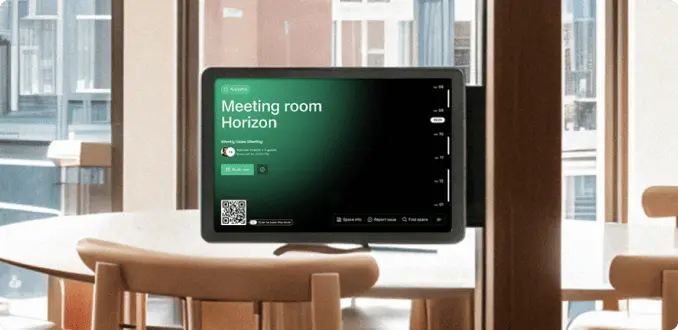




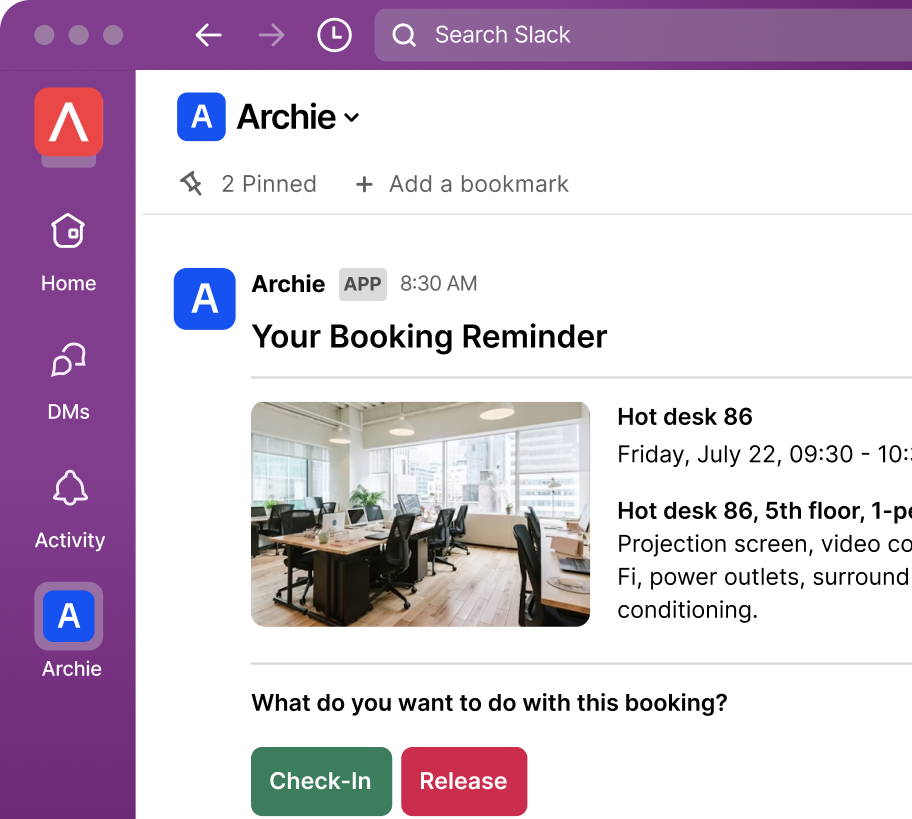



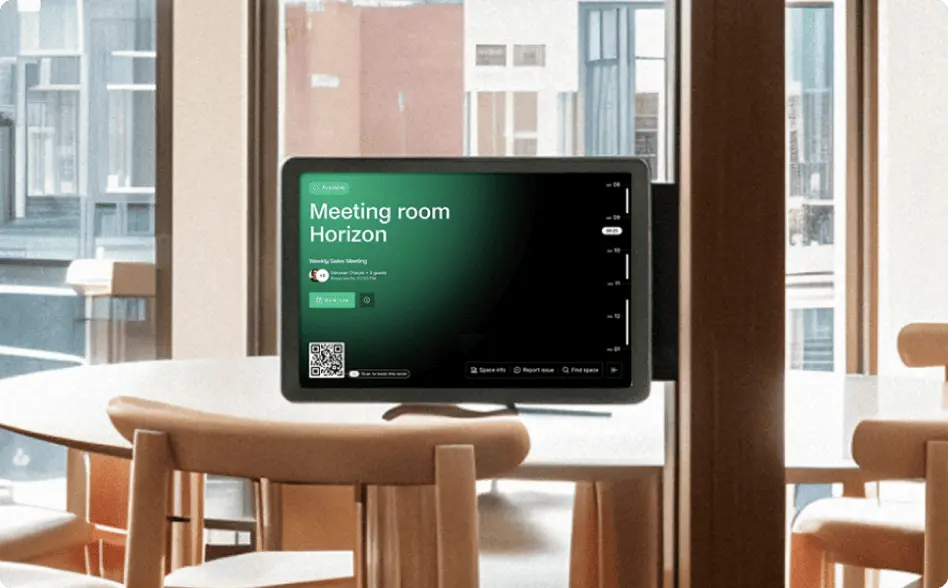
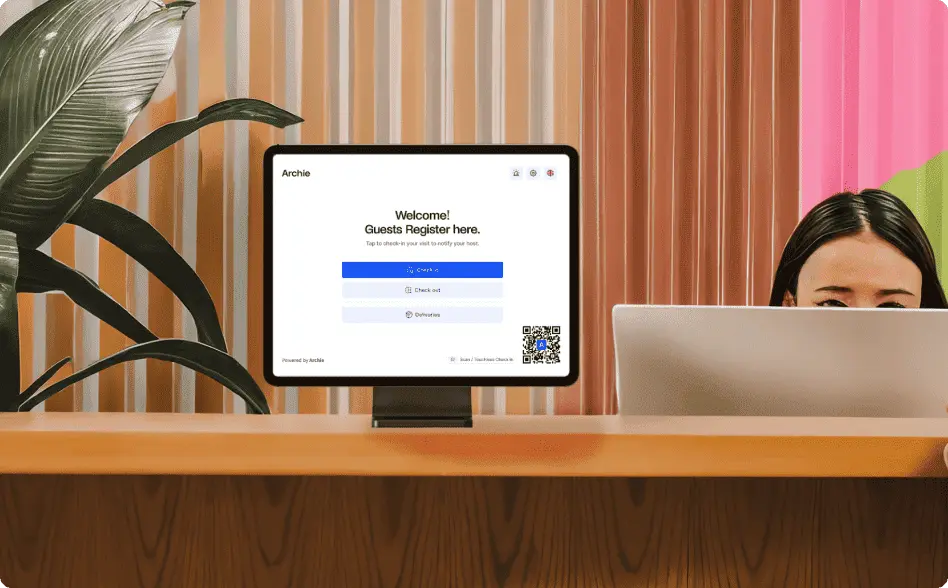
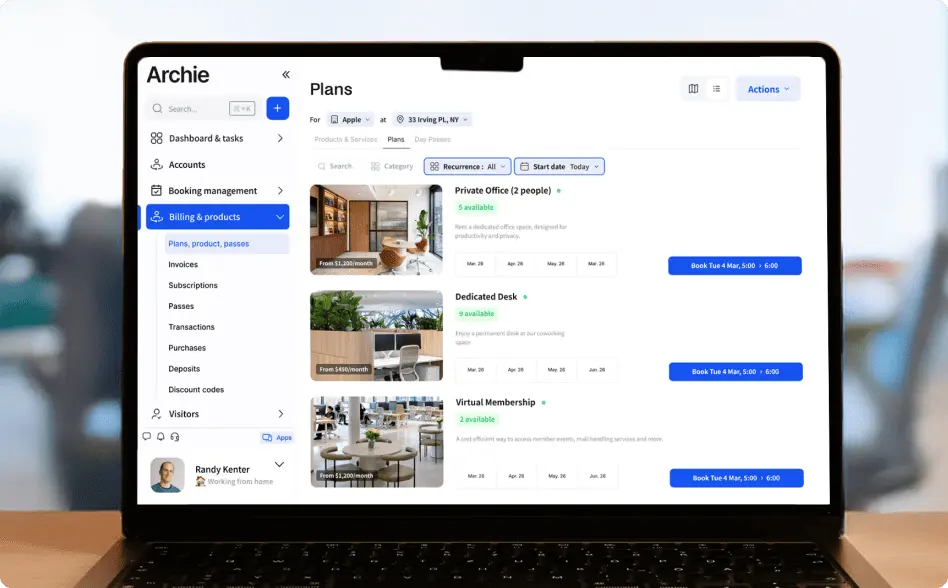


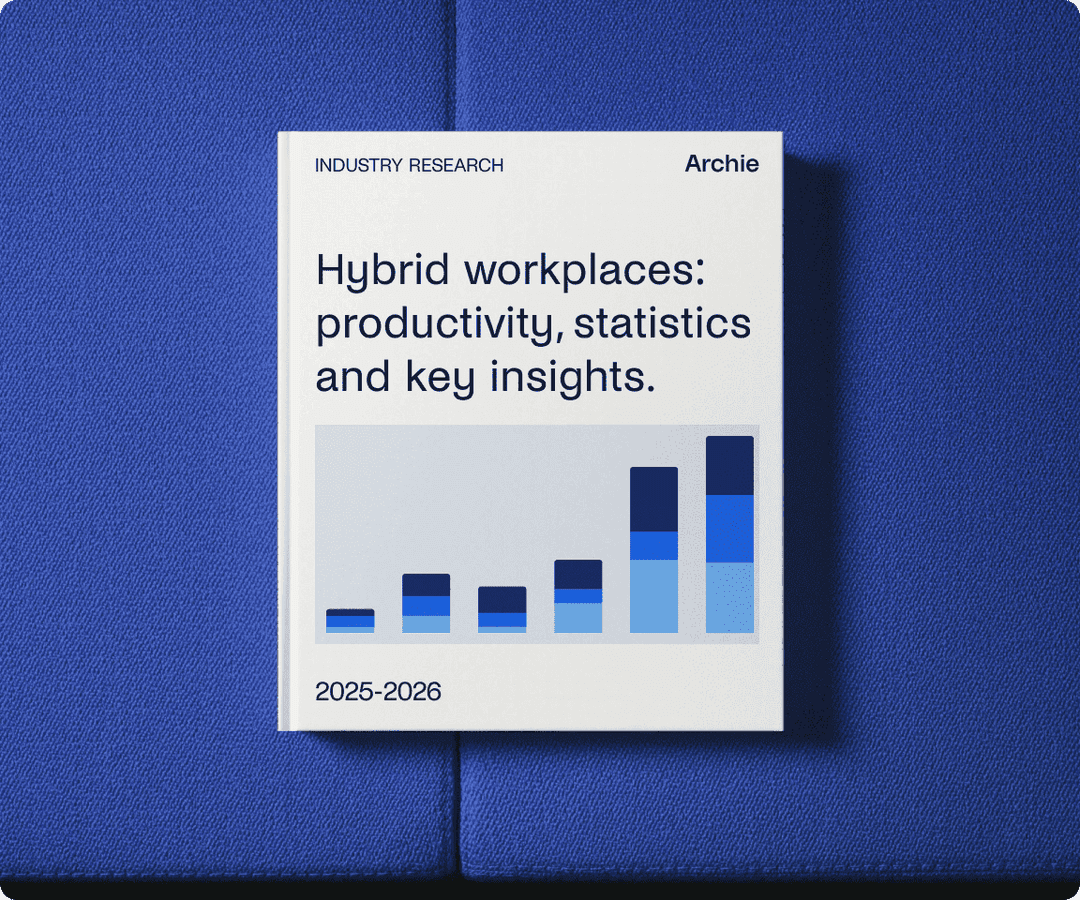

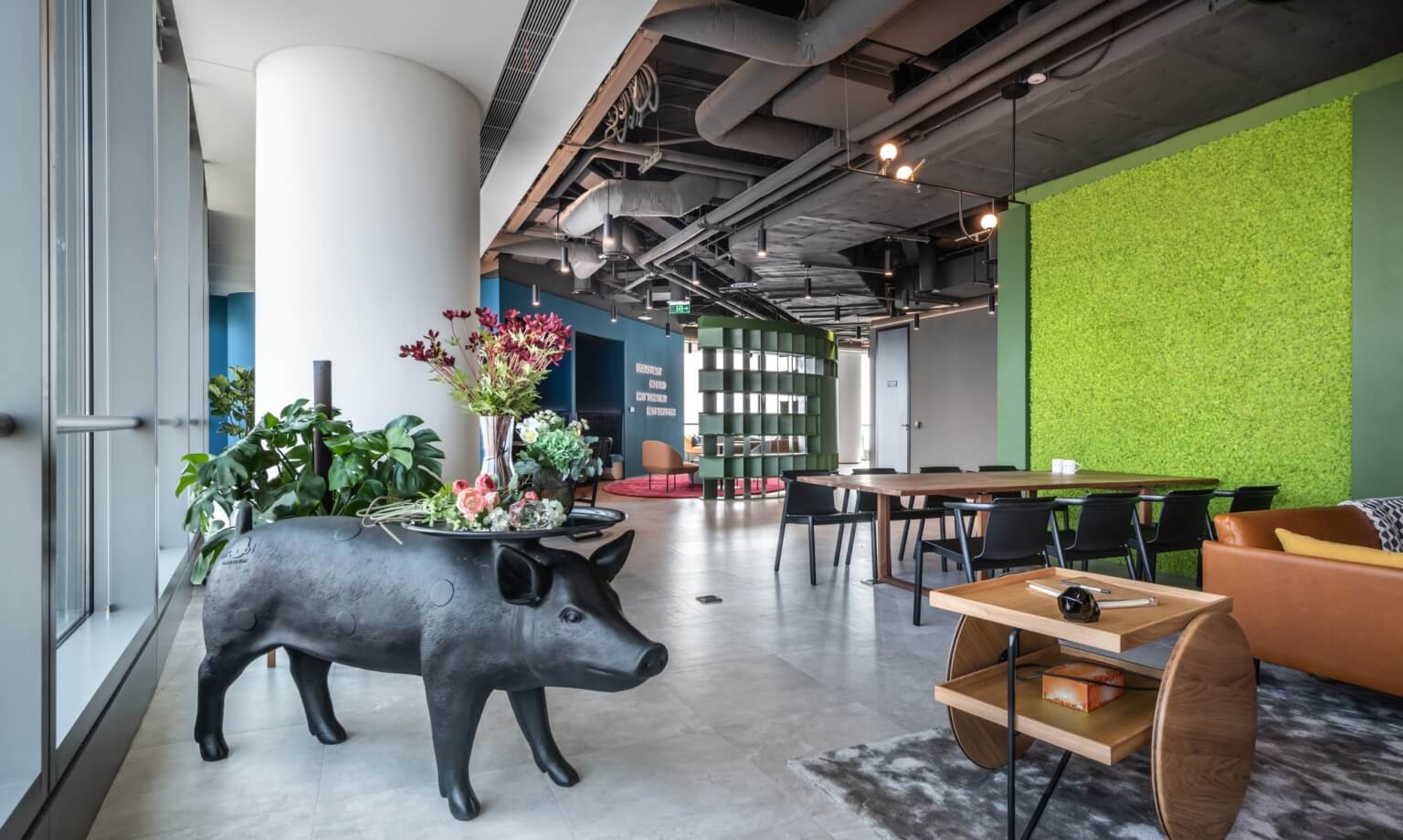

![The Latest Coworking Statistics & Industry Trends [2026] A cozy coworking space with wooden walls, warm lighting, and a large map of South America.](https://archieapp.co/blog/wp-content/uploads/2025/08/Latest-coworking-statistics-cover-image-400x400.jpg)

![How To Start a Coworking Space: Costs and Plan [2026 Guide] A modern coworking space with white desks, ergonomic chairs, and laptops.](https://archieapp.co/blog/wp-content/uploads/2023/11/Screen-Shot-2023-11-30-at-9.33.09-AM-400x400.png)